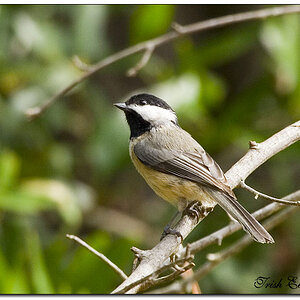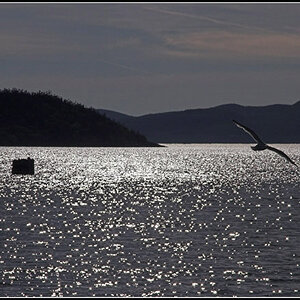Flintlock
TPF Noob!
- Joined
- Mar 11, 2012
- Messages
- 5
- Reaction score
- 0
- Can others edit my Photos
- Photos NOT OK to edit
I'm using my Canon 500D (Rebel T1i) and Canon EF-S 60mm f/2.8 Macro USM lens for museum photography of old firearms. Muskets with bayonets are long and thin, from 60 to 80" long which require me to set up the camera 56 yards from the object. My method is to hang the objects by means of a fishing line. I've previously used natural light for these shots, but now I have acquired two Elinchrom D-Lite 4 flash heads with softboxes, but I have no previous experience with flash. My question is: How do I place the strobes in order to avoid glare on the metal and get consistent lighting on the object? Any input is appreciated.
Here's a picture of what I' trying to achieve, shot using the daylight method.

Here's a picture of what I' trying to achieve, shot using the daylight method.



![[No title]](/data/xfmg/thumbnail/32/32930-09414fc020c2a60a456ff59a05c5ef8f.jpg?1619735759)
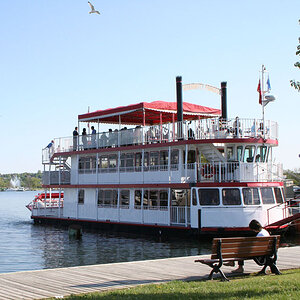
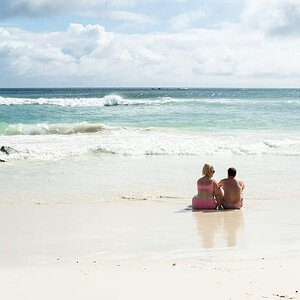
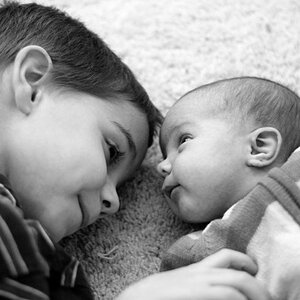
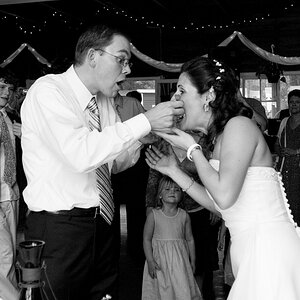
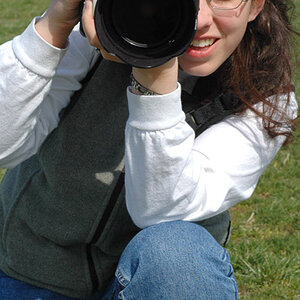
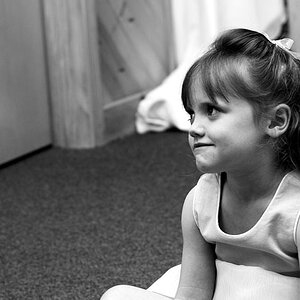
![[No title]](/data/xfmg/thumbnail/32/32929-22e23acc63d6ecb25e5ee941be87121f.jpg?1619735758)
![[No title]](/data/xfmg/thumbnail/37/37603-739c5d9b541a083a12f2f30e45ca2b7b.jpg?1619738147)
